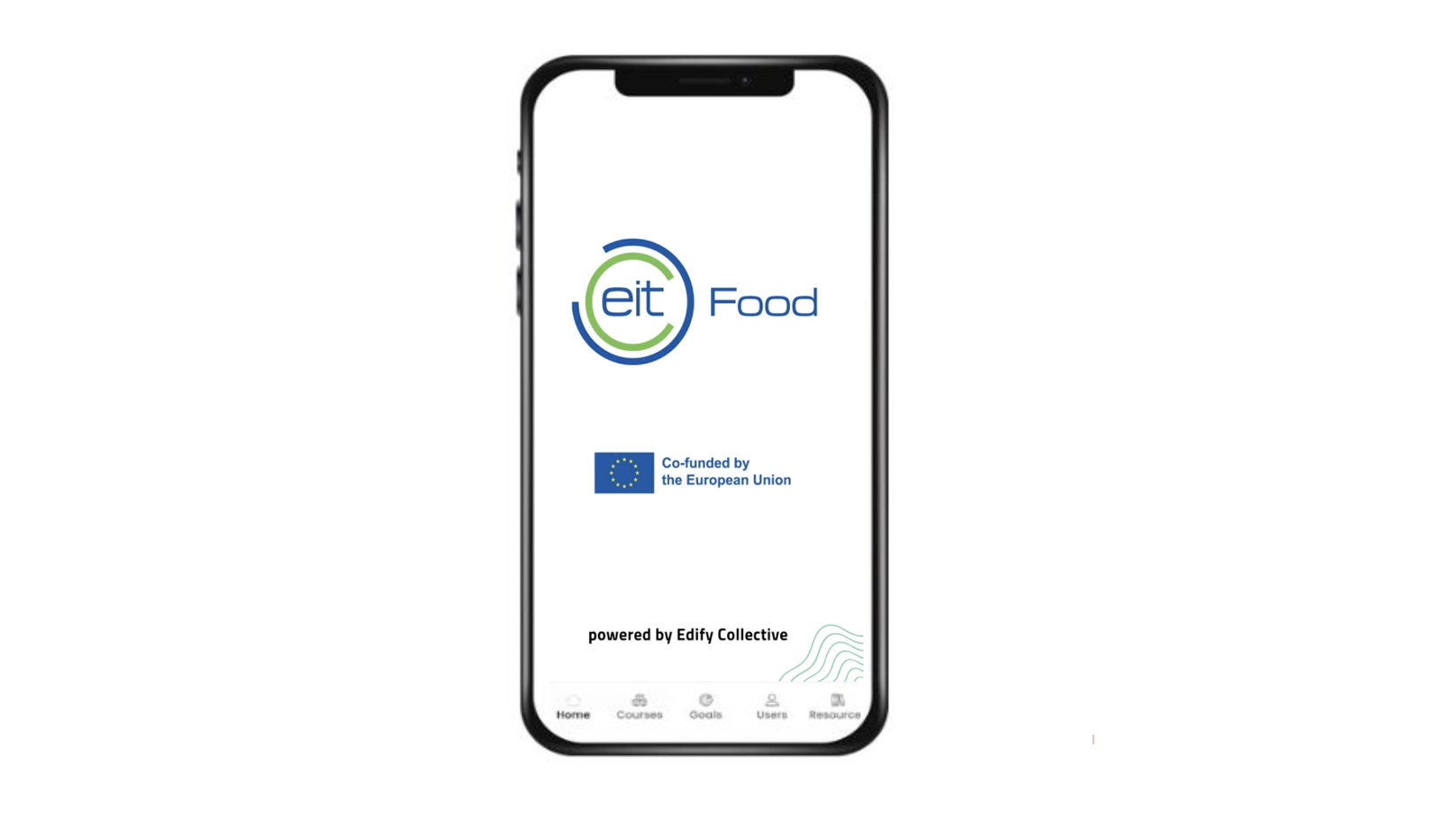Mobile-first learning and the rhythm of modern work
Cutting costs has become the main priority for many companies, and artificial intelligence is often seen as the fastest way to do it. But AI is not a magic fix. You can reduce headcount, automate reports, and generate insights at speed, yet you will still need people who can read, question, and interpret the data. In every scenario, reskilling remains essential. The question is not whether to reskill, but how to do it effectively and sustainably.
Learning must now happen at the speed of change. Culture can no longer live in handbooks or once-a-year training sessions. It lives in moments, in quick exchanges between colleagues, in curiosity sparked during a commute, in ideas shared after a meeting. To keep pace with this new rhythm, learning has to move with people, it has to be mobile-first.
Mobile-first learning is not about convenience, it is about relevance. The way we live, communicate, and absorb information has completely changed, yet corporate learning still clings to old habits. Long modules, slow systems, and inaccessible portals discourage engagement and waste time. When learning is designed for mobile, it meets people where they are, turning idle minutes into meaningful growth. Short, human-centred experiences fit naturally into the flow of work, helping people absorb, apply, and repeat, the foundation of habit-building.
This approach also makes learning democratic. Not everyone sits behind a desk. A mobile-first design ensures that knowledge reaches everyone, in warehouses, on shop floors, in fields, and in transit. It gives every employee the chance to participate in the company’s evolution, regardless of location or role.
Beyond accessibility, mobile learning keeps culture alive in real time. It connects people to the organisation’s purpose, tone, and priorities, replacing static training with an ongoing conversation. Culture becomes something you do, not something you describe.
Choosing the right partner is critical. Look for providers whose systems are truly mobile-first, not just desktop software repackaged for smaller screens. Offline access is vital, so learning continues anywhere. Content should be created in an authoring tool that is LMS-agnostic, giving you the freedom to build once and deploy anywhere. This flexibility ensures long-term value, even as platforms evolve.
Finally, the platform should make content easy to update, offer clear analytics, integrate with existing systems, and feel natural to use. When learning fits seamlessly into people’s lives, culture travels with it, shaping how teams think, act, and grow together.

